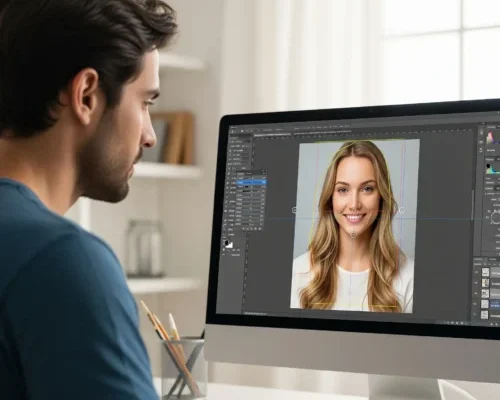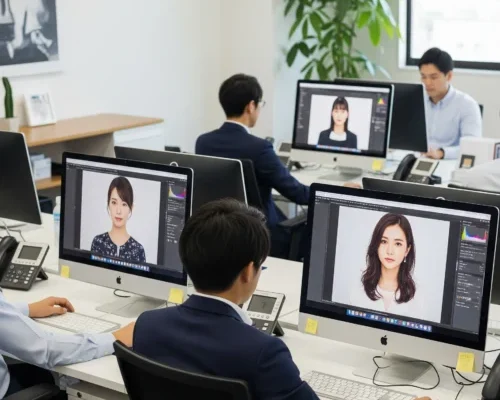In today’s online market, first impressions happen fast, and they usually start with a photo…
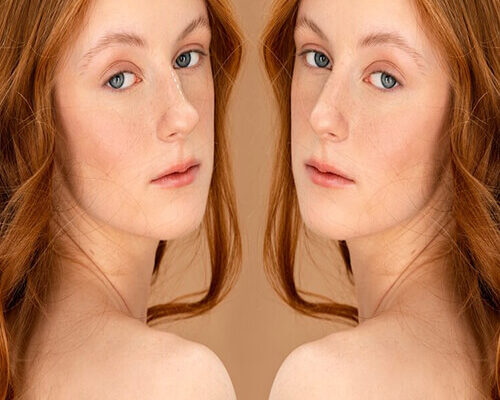
Get Amazing Result with Photo Manipulation Secrets
Photo manipulation is a powerful tool for creative professionals and hobbyists alike. With the right techniques and software, you can transform ordinary images into stunning works of art. But where do you start? We will explain the basics of photo editing software, including layers and masking. We will also cover advanced techniques like blending modes and color gradients. We’ll also explore the latest trends and emerging technologies that are shaping the future of photo manipulation.
What is Photo Manipulation and Why is it Important?
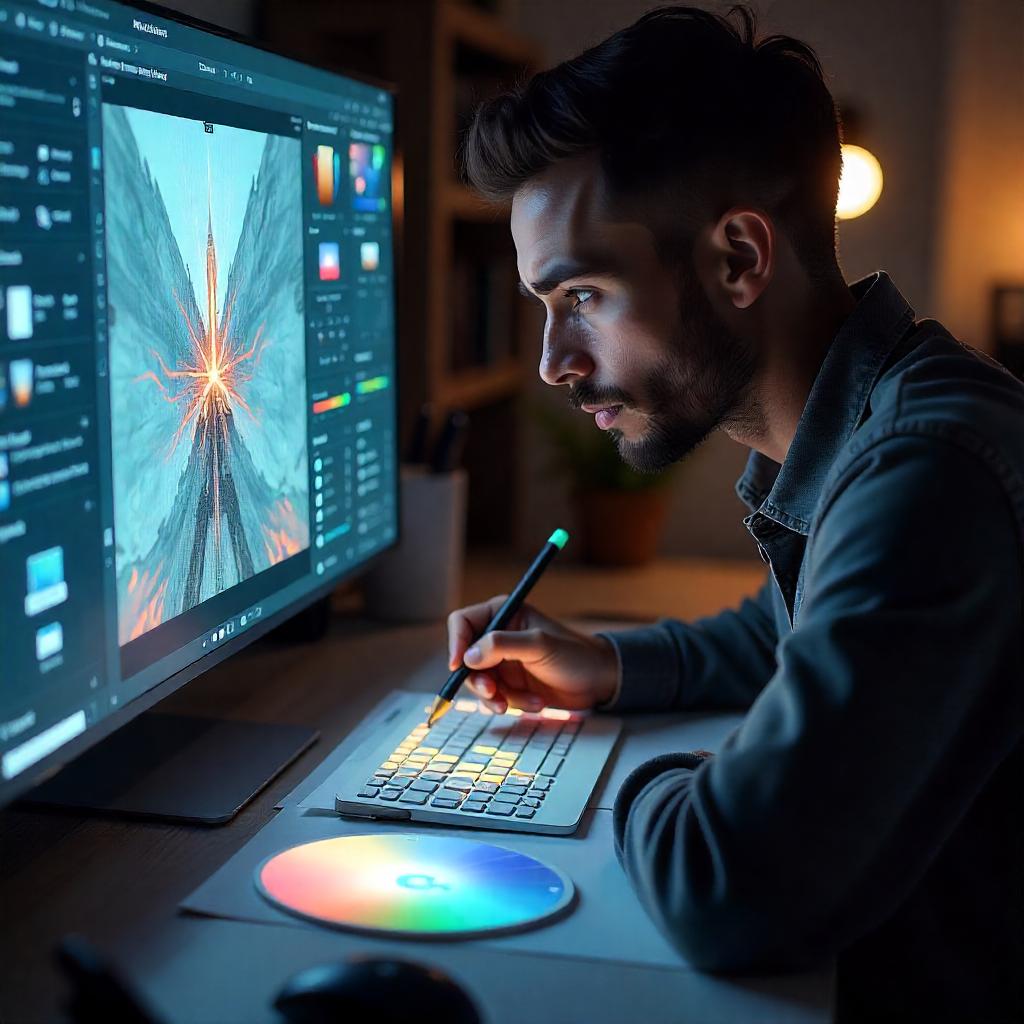 Photo manipulation, also called image editing, is changing and improving digital images to make them look better or different. It’s a crucial skill in various industries, including advertising, fashion, and fine art. With photo manipulation, you can remove blemishes, adjust colors, and even combine multiple images into a single, cohesive piece. If you enjoy taking photos, improving your photo editing skills can boost your creativity and improve your work. This applies to both professional photographers and hobbyists. Learning how to edit photos can help you reach new levels of artistic expression.
Photo manipulation, also called image editing, is changing and improving digital images to make them look better or different. It’s a crucial skill in various industries, including advertising, fashion, and fine art. With photo manipulation, you can remove blemishes, adjust colors, and even combine multiple images into a single, cohesive piece. If you enjoy taking photos, improving your photo editing skills can boost your creativity and improve your work. This applies to both professional photographers and hobbyists. Learning how to edit photos can help you reach new levels of artistic expression.
In today’s digital age, photo manipulation is more important than ever. With the rise of social media and online platforms, images are more visible than ever before. A well-edited picture can greatly impact your audience. It can be used to convey a message, engage people, or evoke emotions. . Learn the basics of photo manipulation to effectively share your creative vision and stand out in a busy visual world.
The Basics of Photo Editing Software
When it comes to photo manipulation, having the right software is essential. There are numerous options available, each with its unique features and user interface. Some popular photo editing software includes Adobe Photoshop, Lightroom, and Skylum Luminar. Each software has its own set of tools, filters, and effects that can be used to enhance and manipulate your images. Understanding the basics of your chosen software is crucial to achieving professional-grade results.
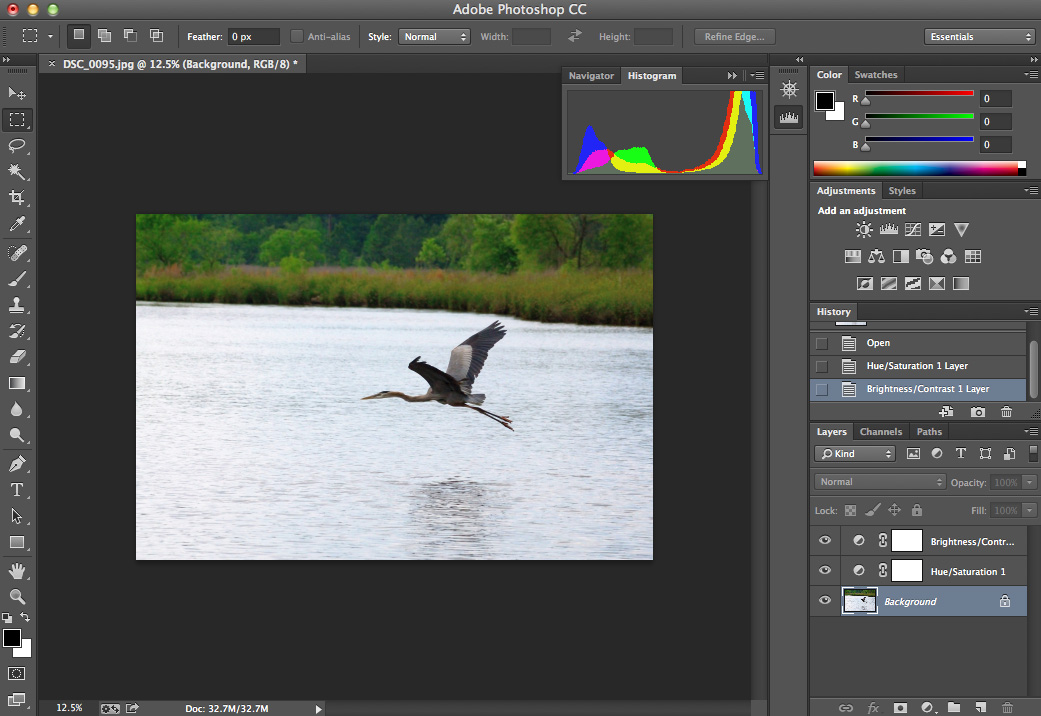 In this article, we’ll focus on Adobe Photoshop, one of the most popular and widely used photo editing software. Photoshop is a strong tool with many features, from simple edits to advanced editing and retouching options. Learn Photoshop basics to enhance your photo editing skills and explore endless creative opportunities. Upgrade your photo manipulation abilities with this essential knowledge.
In this article, we’ll focus on Adobe Photoshop, one of the most popular and widely used photo editing software. Photoshop is a strong tool with many features, from simple edits to advanced editing and retouching options. Learn Photoshop basics to enhance your photo editing skills and explore endless creative opportunities. Upgrade your photo manipulation abilities with this essential knowledge.
First, learn the basics of Photoshop’s interface: the toolbar, menu bar, and workspace. Understanding these is crucial before moving on to advanced techniques. Familiarizing yourself with these basic elements will enable you to navigate the software with ease and confidence.
Understanding The Foundation of Manipulation
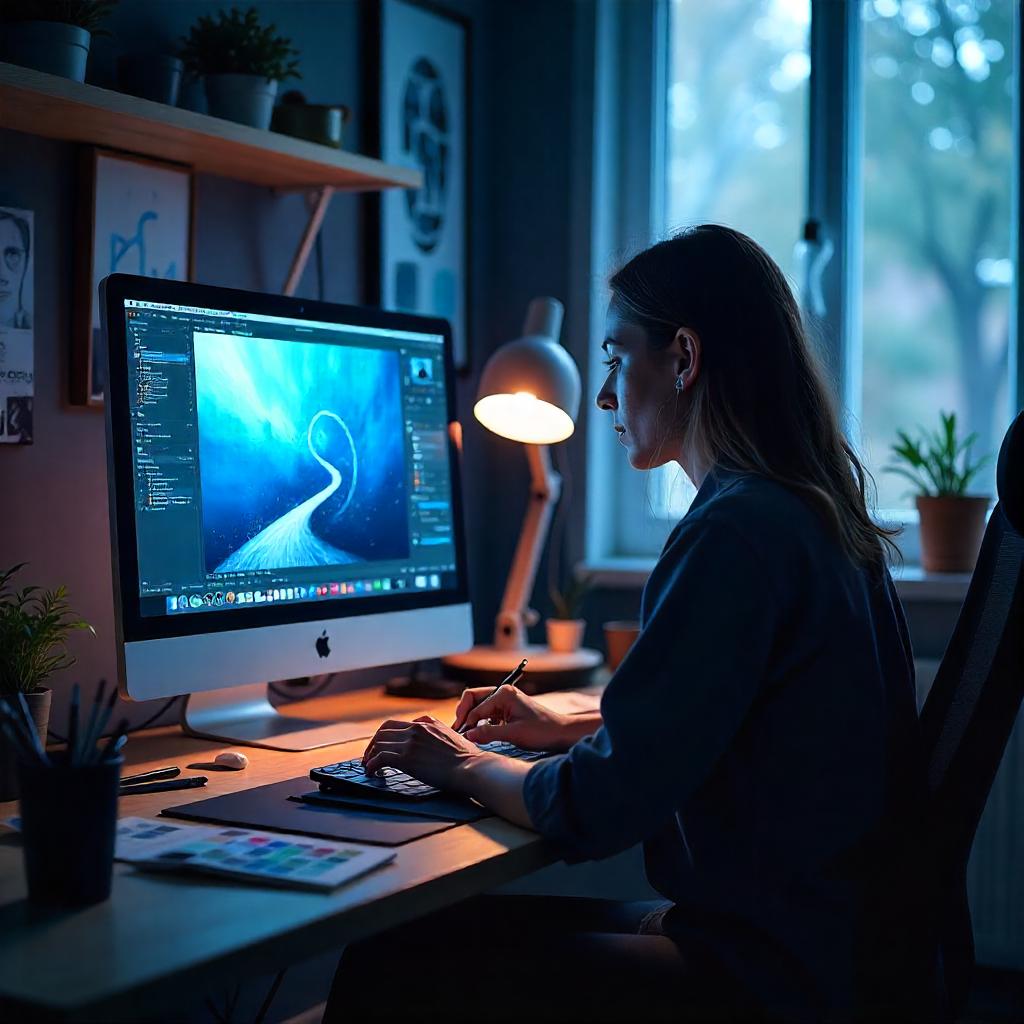 Layers and masking are the building blocks of photo manipulation. A layer is a separate element within your image that can be edited, transformed, and adjusted independently. Masks, on the other hand, are used to control the opacity and visibility of layers. By using layers and masks, you can make detailed images that look great and show off your skills.
Layers and masking are the building blocks of photo manipulation. A layer is a separate element within your image that can be edited, transformed, and adjusted independently. Masks, on the other hand, are used to control the opacity and visibility of layers. By using layers and masks, you can make detailed images that look great and show off your skills.
In Photoshop, you can create layers by duplicating or copying elements from other layers. You can also use the “Move” tool to drag and drop elements onto a new layer. Masks can be created using the “Mask” brush or the “Select” tool. You can adjust the transparency and visibility of different parts of your image by painting or selecting areas. This allows you to have precise control over the final appearance.
Understanding layers and masking is crucial to achieving seamless editing. By isolation editing individual elements, you can make precise adjustments and corrections without affecting the rest of the image. This level of control is essential for creating realistic, believable composites and for achieving the desired effect.
How to Select and Mask Objects for Seamless Editing
Selecting and masking objects is a crucial step in photo manipulation. Selecting and masking objects allows you to work on specific areas of your image with precision. This includes removing blemishes, adjusting colors, and combining multiple images. In this part, we will look at different ways to choose and hide objects, like the “Select” tool, “Lasso” tool, and “Magic Wand” tool.
When selecting objects, it’s essential to choose the right tool for the job. The “Select” tool is good for choosing complex shapes and outlines, while the “Lasso” tool is better for selecting freeform shapes. The “Magic Wand” tool, on the other hand, is perfect for selecting areas of similar color and texture.
After choosing your object, use the “Mask” brush or “Select” tool to improve the selection and get rid of any unwanted parts. By using these techniques, you can create precise, smooth masks that allow for seamless editing and manipulation.
Blending Modes and Color Gradients
Blending modes and color gradients are advanced techniques that can take your photo manipulation skills to the next level. Blending modes control how layers interact with each other, allowing you to create complex, layered effects. Color gradients, on the other hand, enable you to add depth, texture, and interest to your images.
In Photoshop, you can access blending modes by selecting a layer and then clicking on the “Blending Mode” dropdown menu. You can choose from a range of modes, including “Multiply,” “Screen,” and “Overlay.” Each mode has its unique effect and can be used to create a wide range of artistic and creative effects.
Color gradients can be added using the “Gradient” tool or by using the “Adjustment” layer. Gradients help blend colors smoothly and add texture to images for a more interesting look. By combining blending modes and color gradients, you can create stunning, professional-grade results that capture the viewer’s attention.
Creating Realistic Composites with Texture and Lighting
Creating realistic composites is a key aspect of photo manipulation. Understanding texture and lighting basics is essential when combining images or creating new scenes. In this section, we will explore various methods for creating realistic composites. These methods include using textures, blending layers, and applying lighting effects. Each of these techniques can help enhance the overall realism of your composite images. By incorporating these elements, you can achieve more professional-looking results.
 When creating composites, it’s essential to understand the importance of texture and lighting. Texture adds depth and interest to your images, while lighting helps to create a sense of realism and atmosphere. By combining these elements, you can create stunning, believable composites that capture the viewer’s attention.
When creating composites, it’s essential to understand the importance of texture and lighting. Texture adds depth and interest to your images, while lighting helps to create a sense of realism and atmosphere. By combining these elements, you can create stunning, believable composites that capture the viewer’s attention.
In Photoshop, you can add texture using the “Texture” tool or by importing textures from external sources. You can also use the “Layer Blending” options to control the interaction between layers and create complex, layered effects.
Tips and Tricks for Achieving Professional-Grade Results
Achieving professional-grade results requires a combination of technical skills, creative vision, and attention to detail. In this part, we will give advice on how to edit photos smoothly, make realistic combinations, and add depth and interest to your pictures.
When editing images, it’s essential to work in layers and use the “Undo” function frequently. This allows you to experiment with different techniques and effects without losing your original image. It’s also essential to save your work regularly and to work in a well-lit, distraction-free environment.
When creating composites, it’s essential to pay attention to the details. Whether it’s the texture, lighting, or color palette, every element has a direct impact on the result. You can create impressive results by focusing on details and using proper techniques. These results will be high-quality and will grab the viewer’s attention.
Emerging Trends and Techniques
The world of photo manipulation is constantly evolving. New software, techniques, and technologies are emerging all the time, offering new opportunities for creative professionals and hobbyists alike. In this section, we’ll explore the latest trends and emerging technologies that are shaping the future of photo manipulation.
One of the key trends in photo manipulation is the use of artificial intelligence (AI) and machine learning (ML). AI software can help with tasks such as detecting objects and recognizing images. This can free up your time to concentrate on the creative aspects of editing photos.
Another key trend is the use of virtual and augmented reality (VR and AR) technology. VR and AR let you create experiences that immerse the viewer in your image’s world through interaction. The technologies of VR and AR give you the ability to design experiences that deeply engage the viewer. With VR and AR, you can make experiences that bring the viewer directly into the world of your image. These technologies enable you to create immersive and interactive experiences for your audience. By using photo editing with VR and AR, you can make impressive 3D effects that grab the viewer’s attention.
Conclusion
Photo manipulation is a powerful tool for creative professionals and hobbyists alike. Learn how to use photo editing software. Learn about layers, masking, blending modes, and color gradients. Use these tools to create impressive and professional-looking photos. These photos will grab people’s attention. Whether you’re just starting out or looking to take your skills to the next level, the world of photo manipulation has something to offer.
Read Next: 25 Quick and Simple Techniques for Better Photo Editing


